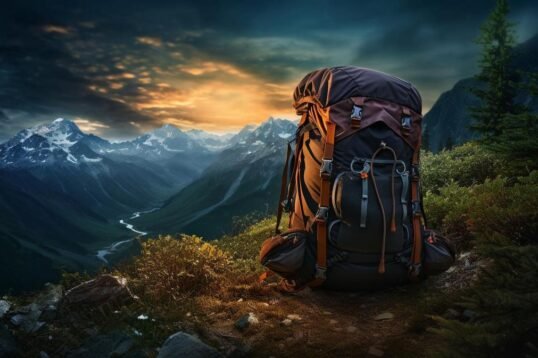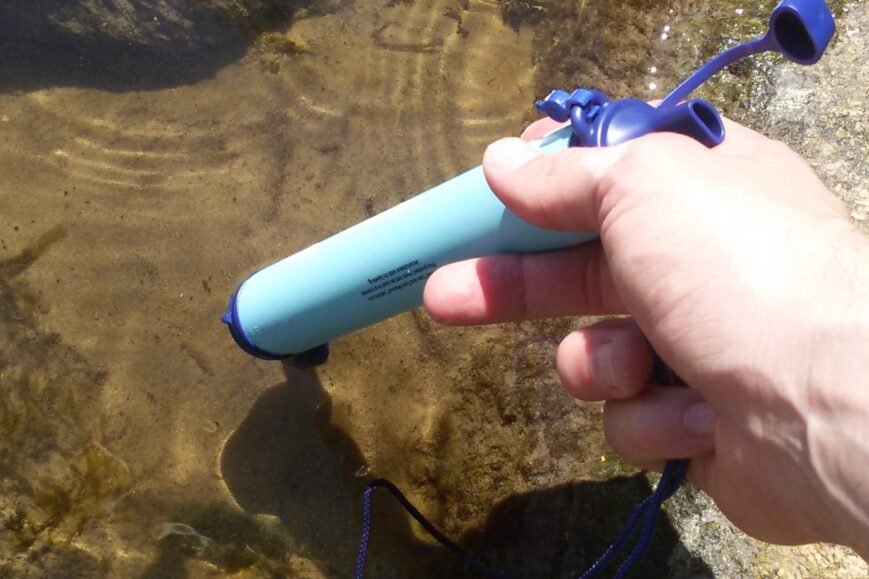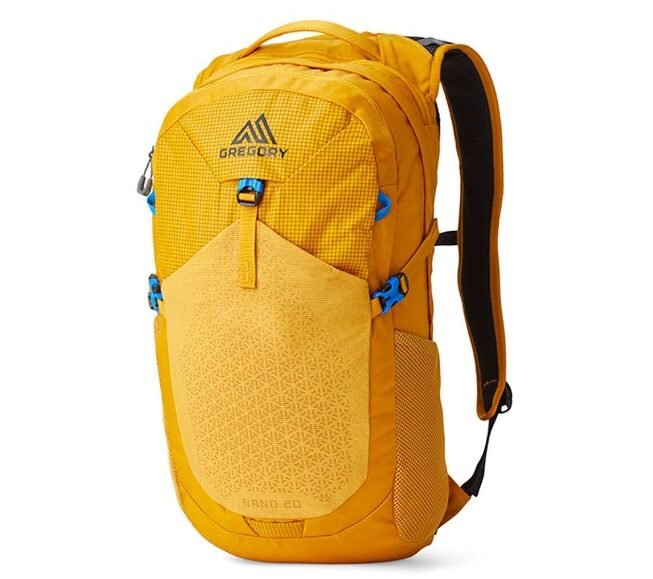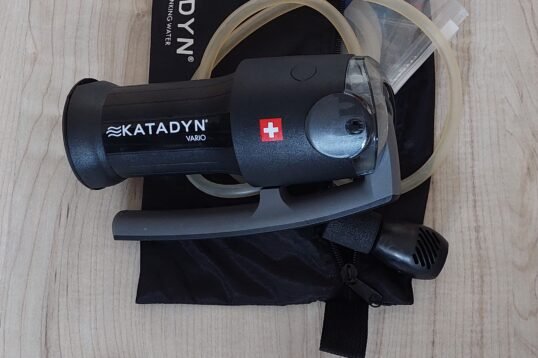- Winter hiking involves cold weather and snow, requiring fitness, planning, and safety awareness.
- Gear up with insulated, waterproof boots, layered clothing, and essentials to manage the cold.
- Layering system: moisture-wicking base layers, insulating mid-layers, and protective outer layers.
- Navigate safely with a map, compass, GPS, and avalanche knowledge; pack a first aid kit for cold injuries.
- Prevent water from freezing by keeping it close to your body and eat high-energy foods regularly.
- Use trekking poles with ice tips, minimize breaks, dress in layers, and show environmental respect.
- Master winter skills like snowshoeing, hypothermia prevention, and frostbite treatment.
- Choose hiking destinations that suit your skill level, with safe trails and beautiful scenery.
- Physically prepare with leg-strengthening exercises, cardiovascular training, and cold acclimation.
Remember always to prioritize safety, know your limits, and be prepared for weather changes.
Hey outdoor lovers! Ready to hike when it’s cold? Before you go, know this: winter hiking is not just a walk in the snow. It’s a whole new game! You need the right gear, a plan, and to stay safe. Keep warm, have fun, and let’s get into winter hiking without a hitch!
What Should I Know Before Attempting a Winter Hike?
Is it okay to hike in the winter? Yes, it’s great for tough hikers. What is the meaning of winter hiking? It means trekking in snow or cold weather.
Before you lace up your boots and head out, know that winter hiking is no joke! It’s tougher than summer hiking because paths are slick, days are short, and it’s really cold. You’ve got to be ready for this big leap.
Ask yourself, am I fit enough? Do I know what to do if I get caught in a storm or face an icy patch? If you’re new to hiking in the snow, it’s smart to start with short, less risky trails. Build up to those big, breathtaking mountain hikes.
Planning is key, and a solid itinerary is a must. Know where you’re going and how long it’ll take. Check the weather before you head out. It can change fast and turn your hike into a really risky trip. Stay on marked trails, even if you think you know a shortcut. Getting lost in cold conditions is scary and dangerous.
Safety is huge when you’re out in the wild. Learn about dangers like avalanches if you’re in the mountains. It might save your life.
So, get set up with the right gear, take time to make a good plan, and be safe out there. Winter hiking is tough, but man, it’s worth it! There’s nothing like the peace of the snowy woods and the crisp, fresh air. Just remember, know before you go, and stay safe so you can enjoy every step.
How Do I Choose the Right Winter Hiking Gear?
What should be on your winter trekking gear list? Start with good boots. They must grip ice well and keep your feet cozy. Add in insulated footwear for snowy trails. Go for boots that stop you from slipping on icy paths.
Layer your clothes right to stay warm. It’s smart to check your gear’s limit. Think about how cold it might get. Pick gear that can handle the lowest temps.
Here’s more detail on picking your gear. For boots, waterproof hiking shoes are key. They keep your feet dry. Dry feet stay warmer, trust me.
On your gear list, count essentials first. You’ll need a strong outer layer. It cuts the wind and keeps out wet. For inner layers, go for warmth but make sure they breathe well. You don’t want sweat freezing on you.
Lastly, what temperature is too cold for hiking? It varies for each person. But be careful below 20°F. That’s when frostbite can set in fast. Always watch the weather and know your cold limit. Stay safe and warm out there!
What Should Be in My Winter Hiking Clothing and Layering System?
The base layer keeps you dry by moving sweat off your skin. You need base layers that grab sweat and send it away from your body. This keeps you warm and dry. Pick ones made of wool or synthetic stuff, not cotton. It pulls sweat away and dries quickly.
Mid-layers keep you warm. They trap air to keep body heat in. Fleece or down works great for this layer. It should fit snugly but not tight. This way, you stay toasty even when it’s freezing out.
The outer layer protects you from wind and snow. It should block wind and wet stuff, but let sweat out so you don’t get damp. Go for a shell jacket or pants that fight off water and wind. You can check out jackets and pants online from outdoor shops.
For pants, choose thermal insulation hiking pants. They should fit well over base layers but still give you room to move. They keep your legs warm when temperatures drop.
Layers are the way to go for winter hikes. Each layer has a job to do. Base layers move sweat, mid-layers keep heat, and outer layers block bad weather. With the right gear, winter hiking is fun and safe. Choose gear that fits the weather and your hike. Enjoy the cool air and silent, snowy trails!
How Can I Ensure Safety on Winter Mountain Treks?
Winter hikes are much harder than your normal trail walks. You must deal with cold, ice, and often deep snow. These change how you plan your trek. Let’s explore how you can hike safely in winter mountains.
When you walk snowy trails, you need to know where you are going. Navigating snowy trails is not easy. The snow can hide the path. It’s vital to have a map and compass. If you can, bring a GPS device. Mark the track ahead of time. This way you won’t lose your way when the trail seems gone.
Avalanche awareness is key for hikers. Before you hike, learn about the current risks. Check the avalanche forecast. Know safe paths and danger signs. A slope can look okay but may not be safe. Get to know the layers in the snow. Pack gear like a beacon, probe, and shovel. These can save lives if an avalanche hits.
Packing an emergency first aid kit for cold injuries is a must. Add items for frostbite and hypothermia. Carry a space blanket and hand warmers. If someone gets too cold, these can help fast. It’s worth taking a first aid course too. That way, you will know what to do in a pinch.
For those going alone or in groups, follow some simple safety tips. Tell someone your plan, including when you should be back. Stay on marked tracks when you can. Dress in layers. Take breaks out of the wind. Share the weight of gear in a group. That way, no one gets too tired.
By getting smart about these things, your winter mountain trek can be both safe and fun.
What Should I Know About Winter Hiking Footwear?
Winter hiking boots must keep feet dry. Waterproof hiking shoes are vital. For snowy trails, pick insulated footwear. Use anti-slip boots for safety. Boots with built-in insulation are best for extreme cold. Make sure new boots fit right. Wear them a lot before a long hike so they feel comfy. If you hike on ice, you need crampons. Crampons or spikes help you stay upright. Use them carefully and learn how to fit them right. Choosing the right pair can make a big difference on slippery surfaces. With good footwear, you’re ready for winter trails!
How Do I Maintain Proper Hydration and Nutrition on Winter Treks?
How do you keep water from freezing on winter hikes? Store it close to your body. To keep water from freezing on winter hikes, carry your water bottle in an insulated case. Tuck it inside your coat if it’s extra cold. Use wide-mouth bottles; they’re less likely to freeze shut.
On cold hikes, your body burns a lot of fuel to stay warm. Eat snacks often to keep your energy up. Choose foods high in fat and protein. These will help you stay warm and last longer. Nuts, cheese, and chocolate are great picks. They won’t freeze and are easy to eat on the move.
Is it important to eat regularly during winter hikes? Yes, eating regularly is crucial. In cold weather, you might not feel thirsty, but your body still needs water. Drink often to avoid dehydration. It’s the same with food. You have to eat before you get hungry. That way, your body has the energy it needs to generate heat.
One smart move is packing meals that are hearty and can warm you up. Think about hot soups in a thermos or oatmeal packets you can mix with hot water. You should bring a small stove for this. It’s light and can make a world of difference. Hot food can boost your spirits and body temp faster than you think.
When you work hard on a hike, your body wants calories. In the cold, it needs even more. Your goal should be to preserve your energy levels. That means avoiding breaks that are too long. Your body cools down when you stop moving, so keep rest times short. After you eat, get moving again to help your digestion and keep you warm.
Staying on top of your hunger and thirst is key. This helps you keep warm and happy on the trail. Remember, your winter adventure is as much about enjoying the stunning, frosty views as it is about reaching the end. So take care of yourself out there, and the hike will take care of you.
What Are the Best Practices for Hiking in Winter Conditions?
When hiking in snow, use trekking poles with ice tips. They help you keep balance on icy trails. During rest stops, keep warm with layers and move around. To snow hike right, do not harm plants or animals. Step lightly and leave no trash. In deep snow, snowshoes can help. They stop you from sinking deep into the snow. Zip up your coat, wear a hat, and use gloves to stay warm. Keep your water bottle close to your body to stop it from freezing. This keeps your drink ready when you need it. Remember, caring for nature means we can enjoy it for longer. Let’s keep our trails clean and safe for all!
What Are Some Essential Winter Hiking Skills and Techniques?
- Proper use of snowshoes in deep snow
- Special skills for icy and snowy trails
- Ways to stop hypothermia while hiking
- How to spot and treat frostbite
When you strap on snowshoes, move your feet wide apart. Walk with your knees slightly bent. This makes sure you don’t trip over your gear.
In a snow-filled land, survival skills matter a lot. Always carry a map and compass. Know how to use them. If caught in a storm, build a snow shelter to stay warm.
Stay warm to avoid hypothermia. Dress in layers and keep dry. Eat energy foods and move to keep your body heat up.
See white, hard skin? Feel numb hands or toes? Could be frostbite. To treat, get to a warm place. Warm the spot with body heat, not direct heat. That can harm the skin.
Keep your head clear and your body ready. That’s how you win at winter hikes.
How Can I Find the Best Winter Hiking Destinations?
To find a top winter hike spot, you need to know what makes one stand out. Popular trails are good, but not always best for you. Look for places fitting your skills and likes. A great winter hike location is safe, has good views, and matches your ability.
Ask yourself what kind of hike you want. Do you seek peace and quiet? Maybe a serene snow hiking destination is for you. Fancy a bigger challenge? Check out famous European winter trekking spots. Some local winter hiking circuits can offer both ease and beauty. Bigger names like the frosty peaks of the Rockies or Alps draw many. They are known for their stunning views and well-kept trails.
Learning about each place is key. Online forums, websites, books, and hiker chats can give great tips. They can tell you what trails fit your level. Beginner? Look for shorter trails with less rise. Want more of a challenge? Aim for tracks with climbs and maybe snowshoeing.
Remember, safety matters most. Check the weather and trail news before you go. This makes sure you have a fun, safe time outdoors.
So start your search with what you want from a hike. Then match that with a place that ticks all the boxes. And always prepare for winter’s surprise moves!
How Should I Train and Prepare Physically for Winter Hiking?
To train for winter hiking, start with exercises that build leg power and stamina. You might ask, “What exercises and routines will help?” Lunges and squats are great for strengthening your legs. For stamina, try a mix of running, biking, and swimming. These activities raise your heart rate and improve your endurance.
Get ready for the cold next. Spend time outside on chilly days. This helps your body get used to the cold. Before your hike, take short walks or jogs in colder weather. This is crucial for pre-hike acclimation.
Mental prep is also key. Winter trails can be tough. You may face deep snow or icy paths. Think about these challenges as you train. This will ready your mind. Knowing what could happen keeps you sharp and focused.
What about when you face a real obstacle? On a winter trail, you might hit thick snow or ice. If the snow’s deep, take smaller steps and use your legs to lift rather than push through. On ice, slow down. Move carefully to keep your balance. Your training will pay off. You’ll feel strong and ready for what the trail offers.
Keep working on these skills. Winter hikes are about fun and safety. Happy trails!
Conclusion
In our journey today, we dove into winter hiking, tackling how to prep, gear up, and stay safe. Remember, the right plan and equipment are crucial. So is the skill to use them. Master layering to keep warm, pick the best boots for the environment and definitely don’t skimp on safety steps. Staying fed and hydrated is just as vital. With the correct skills and knowledge, icy trails turn into epic tales. Before hitting the snow, train your body, pick a spot, and soak in every moment out there. Now, you’re set to embrace the cold and make your winter hiking adventure one for the books. Safe trails!
![]()







